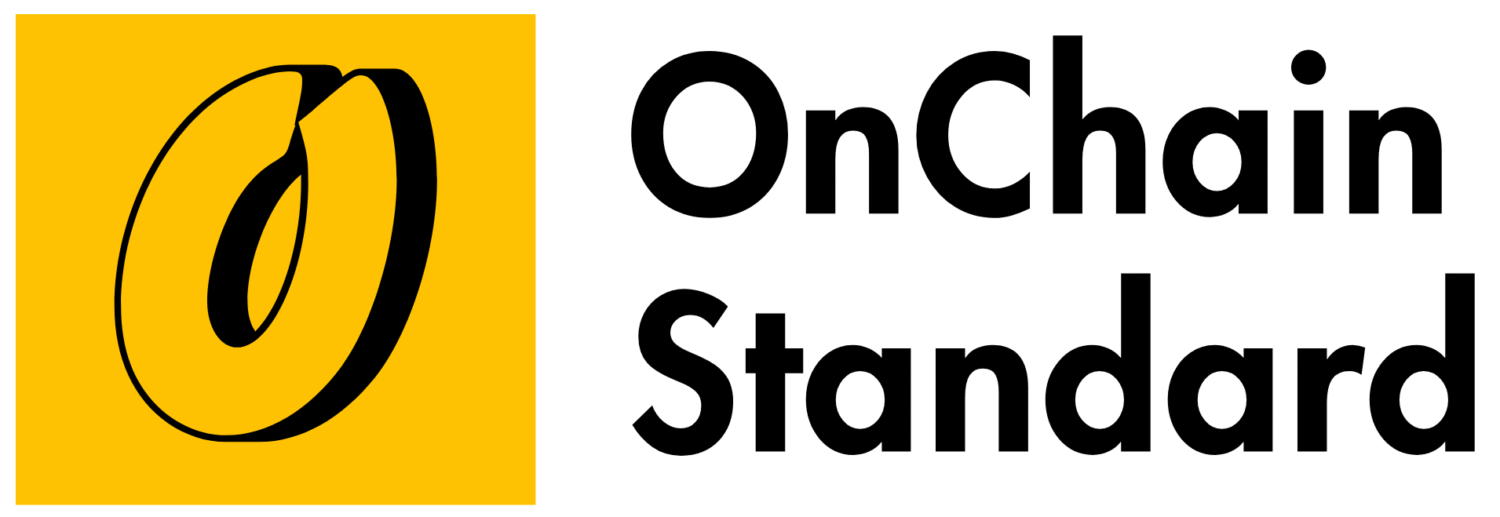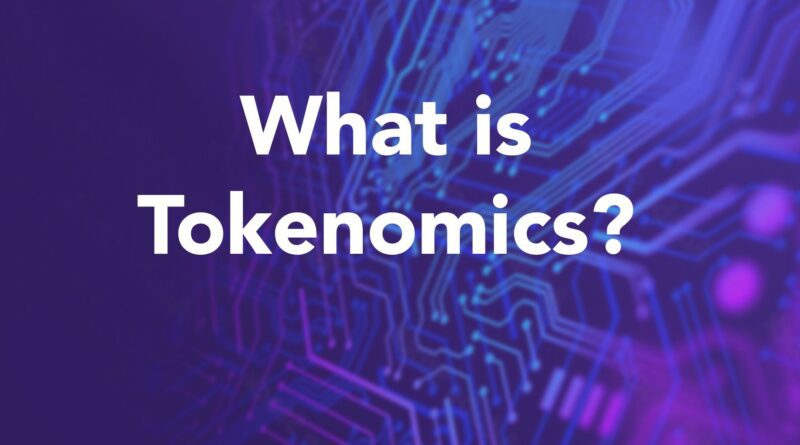Understanding Tokenomics: A 2025 Guide
Dive into tokenomics in 2025, the economic framework behind cryptocurrencies. Learn how supply, allocation, utility, and incentives drive projects like Ethereum, Solana, and Arbitrum for investors
Introduction: The Heart of Cryptocurrency Success
With the cryptocurrency market soaring to $2.3 trillion in 2025, tokenomics is the cornerstone that determines whether a project thrives or fades. Tokenomics, or token economics, governs how a cryptocurrency’s supply, distribution, and utility shape its value and adoption. From DeFi platforms to meme coins, understanding tokenomics empowers investors to make informed decisions and spot potential scams. This guide explores the core elements of tokenomics, their impact, and why they matter in the dynamic crypto landscape of 2025.
What Is Tokenomics?
Tokenomics is the study of a cryptocurrency’s economic structure, defining how its tokens are created, distributed, and utilized within an ecosystem. It blends economics, game theory, and blockchain technology to align the interests of developers, users, and investors. Well-crafted tokenomics, as seen in projects like Ethereum or Arbitrum, drives sustainable growth, while poorly designed tokenomics can lead to inflation, price crashes, or project abandonment.
Key Components of Tokenomics
Tokenomics consists of several critical elements that influence a token’s performance:
-
Token Supply:
-
Total Supply: The total number of tokens that will exist (e.g., Bitcoin’s fixed 21 million cap).
-
Circulating Supply: Tokens currently available in the market (e.g., Arbitrum’s $ARB with 3.3 billion circulating in July 2025).
-
Max Supply: The maximum possible tokens, including future issuance (e.g., Solana’s $SOL has no fixed cap but manages inflation through staking).
-
Impact: Limited supplies can create scarcity and boost value, while high or unlimited supplies risk dilution.
-
-
Distribution and Allocation:
-
Defines how tokens are distributed among stakeholders: team, investors, community, and liquidity pools.
-
Example: Arbitrum allocates 44% of $ARB to its DAO treasury, 27% to investors, and 17% to the team with multi-year vesting for transparency.
-
Red Flag: Large team allocations (e.g., >25%) without lockup periods raise concerns about potential dumps.
-
-
Utility and Use Case:
-
The token’s role within its ecosystem, such as paying fees, enabling governance, or powering dApps.
-
Example: Ethereum’s $ETH is used for transaction fees and smart contract execution, while $ARB facilitates Arbitrum’s Layer 2 governance.
-
Red Flag: Tokens without clear utility, often seen in speculative meme coins, rely on hype and are riskier.
-
-
Incentives and Rewards:
-
Mechanisms to encourage participation, such as staking rewards or governance voting.
-
Example: Solana’s $SOL offers staking yields of ~5% APR, incentivizing validators and holders to secure the network.
-
Red Flag: Promises of unrealistic returns (e.g., “50x gains”) often signal scams.
-
-
Burning and Minting:
-
Burning: Permanently removing tokens from circulation to reduce supply and potentially increase value (e.g., Binance Coin $BNB burns tokens quarterly).
-
Minting: Creating new tokens, which can cause inflation if not controlled (e.g., Solana’s controlled inflation for validator rewards).
-
Example: Arbitrum’s $ARB has no fixed burn schedule but uses DAO governance to manage supply dynamics.
-
-
Vesting and Lockup Periods:
-
Rules that delay token releases for teams or early investors to prevent market flooding.
-
Example: Optimism’s $OP locks 25% of team tokens for two years, ensuring long-term commitment.
-
Red Flag: Immediate or short-term token unlocks increase the risk of price manipulation.
-
Why Tokenomics Matters in 2025
Tokenomics shapes a cryptocurrency’s sustainability and appeal in several ways:
-
Price Stability: Balanced supply and demand, like Ethereum’s post-merge burn mechanism, help mitigate volatility. Poor tokenomics can lead to crashes, as seen in some overhyped tokens.
-
Investor Confidence: Transparent allocations, like Arbitrum’s DAO-driven distribution, build trust and attract long-term holders.
-
Ecosystem Growth: Strong incentives, such as Solana’s staking rewards, drive validator participation and network security, with Solana’s TVL at $10 billion in 2025.
-
Scam Avoidance: Understanding tokenomics helps identify red flags, protecting against the $1.2 billion lost to crypto scams in 2024.
-
Adoption Driver: Clear utility, like $ETH’s role in DeFi and NFTs, fuels mainstream adoption in a market serving 750 million smartphone users globally.
How to Evaluate Tokenomics
To assess a token’s potential, consider these steps:
-
Read the Whitepaper:
-
Look for a detailed explanation of supply, utility, and roadmap. Ethereum’s whitepaper, for instance, clearly outlines $ETH’s role in smart contracts.
-
Avoid projects with vague or overly ambitious claims lacking technical substance.
-
-
Check Supply and Allocation:
-
Verify circulating, total, and max supply on platforms like CoinGecko or CoinMarketCap. Arbitrum’s $ARB has a transparent 10 billion total supply.
-
Confirm fair distribution and vesting schedules using tools like Etherscan or Unicrypt.
-
-
Assess Utility and Ecosystem:
-
Ensure the token has a defined role, such as $OP for Optimism’s governance or $BNB for Binance Smart Chain transactions.
-
Be wary of tokens driven solely by marketing hype with no practical use case.
-
-
Analyze Market Data:
-
Monitor trading volume and liquidity. Solana’s $SOL, with $2.5 billion daily volume in July 2025, indicates strong market activity.
-
Watch for suspicious price spikes or low liquidity, which may suggest manipulation.
-
-
Verify Transparency and Audits:
-
Check for audited smart contracts on platforms like Etherscan, as seen with Arbitrum’s $ARB.
-
Ensure the team is transparent and engages actively with the community through official channels.
-
Challenges and Risks in Tokenomics
-
Inflationary Pressure: Uncontrolled minting can devalue tokens, as seen in some early DeFi projects with high emission rates.
-
Unbalanced Allocations: Excessive team holdings without vesting, unlike Optimism’s structured lockups, increase dump risks.
-
Speculative Volatility: Tokens with weak utility face price swings driven by market sentiment.
-
Regulatory Hurdles: Evolving global regulations may impact token utility, especially for governance or DeFi tokens.
The Future of Tokenomics in 2025
In 2025, tokenomics is advancing with innovative approaches:
-
Deflationary Models: More projects adopt burns, like $BNB’s quarterly burns, to enhance scarcity.
-
Community Governance: Tokens like $ARB empower DAOs, giving holders voting power on ecosystem decisions.
-
Cross-Chain Utility: Tokens supporting interoperability, such as those on Arbitrum’s bridge, connect ecosystems for broader adoption.
-
Sustainable Incentives: Projects balance rewards and inflation, as seen with Solana’s validator-driven model.
With DeFi TVL at $92.3 billion and growing Web3 adoption, robust tokenomics will drive the next wave of crypto innovation.
Conclusion
Tokenomics is the economic foundation of cryptocurrencies, shaping their supply, distribution, utility, and incentives. In 2025’s $2.3 trillion crypto market, understanding tokenomics is crucial for evaluating projects like Ethereum, Solana, and Arbitrum. By analyzing supply, utility, and transparency, investors can identify promising tokens and steer clear of scams. As blockchain technology evolves, well-designed tokenomics will fuel sustainable growth, powering DeFi, NFTs, and Web3 applications in the decentralized future.




